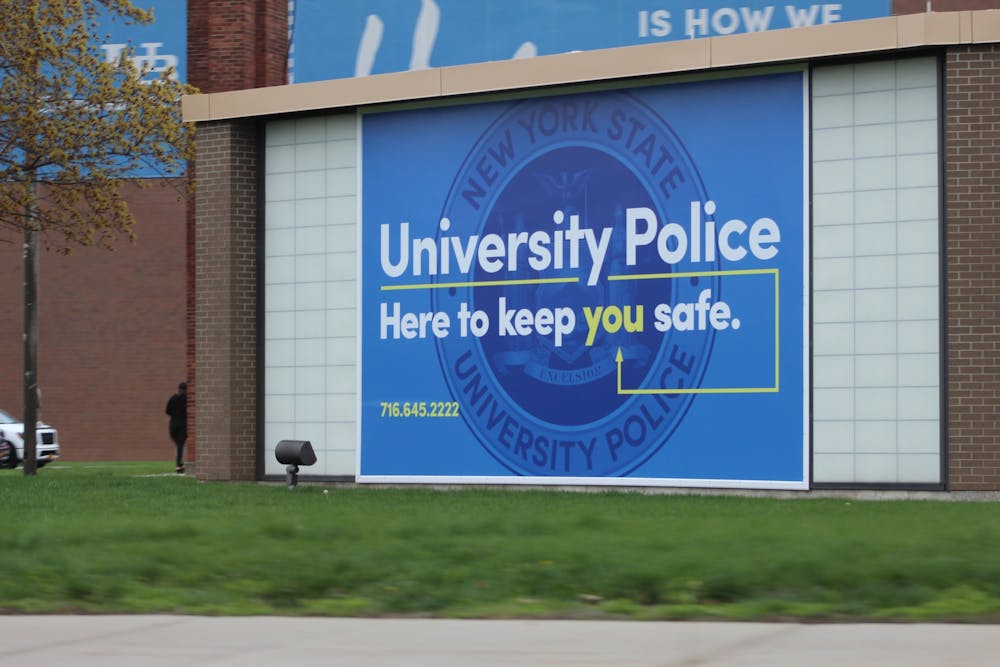With a renewed national conversation surrounding the equity of traffic stops and how they can disproportionately impact members of the BIPOC community, UB Deputy Chief of Police Joshua Sticht said in an interview with the The Spectrum that he is pushing for Erie County to create more comprehensive datasets that would allow UPD to track the race, gender and age of the drivers officers stop on the road.
Currently, these data points are only noted in UPD records when a person is arrested, not stopped.
“We really want us to get that kind of granular data about everything our officers do. And that’s, that’s where we are. We’ve made the request and it’s low on the pile [for Erie County],” Sticht said. “When we have special requests that we want [from the county] like a custom report like that, we’re kind of at the bottom because we’re a smaller department.”
UPD doesn’t note the demographics of the people it stops, but it does release data on location, license status and type of stop.
According to traffic stop data provided by UPD, the three most common traffic violations on UB’s campuses are: running stop signs, driving with a suspended license and driving without a valid registration. Those accounted for 15%, 6% and 5.8%, respectively, of the 578 tickets issued in 2021.
Other notable infractions like distracted driving and DUIs accounted for 5.3% and 2% of the summons issued, respectively. Of the 12 DUIs reported, three of the tickets were charged to underage students who were driving under the influence of alcohol.
The most common speed traps include the John James Audubon Parkway, Main Street and Bailey Avenue.
Despite issuing 578 traffic violation summons in the past year, UPD does not see a cent of ticket revenue.
Instead of ticket revenue going to the university, Sticht says that fines are paid to the town or municipality that the infraction was recorded in. So a ticket issued on North Campus is paid to the Town of Amherst, but a ticket issued on the Downtown Campus is paid to the City of Buffalo. That is very different from the majority of police departments, which use ticket fines to fund large portions of their town municipalities.
UPD posts officers at different locations based on the department’s discretion and input from the UB community, Sticht says. This practice of what Sticht calls “targeted enforcement” means that police cars are placed in the areas that UPD or members of the UB community deem “unsafe.”
But Sticht emphasized the five-lane intersections at the Flint and Sweethome Road entrances as the most dangerous locations on campus. He says this is where he has seen the most collisions.
Natalie Doller is an assistant news/features editor and can be reached at natalie.doller@ubspectrum.com





